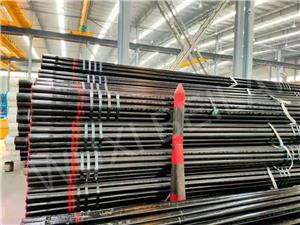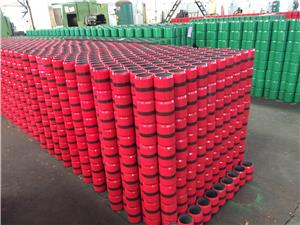Do you understand the structure of geothermal well insulation pipes?
Geothermal well insulation pipe is a key component in geothermal systems used to transport geothermal fluids such as hot water or steam. Its structural design is crucial to ensure efficient utilization of geothermal energy and reduce heat loss. Its structure is usually complex and precise, mainly including the following key parts:
1. Inner Pipe
The inner pipe is the core part of the geothermal well insulation pipe. As the main channel for fluid transmission, it is in direct contact with the geothermal fluid. The inner pipe needs to withstand the high temperature, high pressure and possible corrosive substances of geothermal fluid, so the inner pipe needs to have good high temperature resistance and corrosion resistance. The quality and material selection of the inner tube directly affect the performance and life of the entire insulation tube.
2. Insulation Layer
The insulation layer is the core component of the geothermal well insulation pipe. It is located between the inner pipe and the outer pipe. Its main function is to reduce the conduction of heat to the outside through the pipe wall, thereby maintaining the temperature of the geothermal fluid in the pipe and minimizing heat loss. This is crucial to improving the efficiency of geothermal energy utilization.
3. Outer Casing
The outer protective pipe is located in the outermost layer of the geothermal well insulation pipe and mainly plays a protective role. It protects the internal insulation and inner tubes from external environmental factors such as groundwater, soil pressure, mechanical damage and chemical attack. The strength and durability of the outer protective pipe directly affect the overall life and reliability of the insulation pipe.




